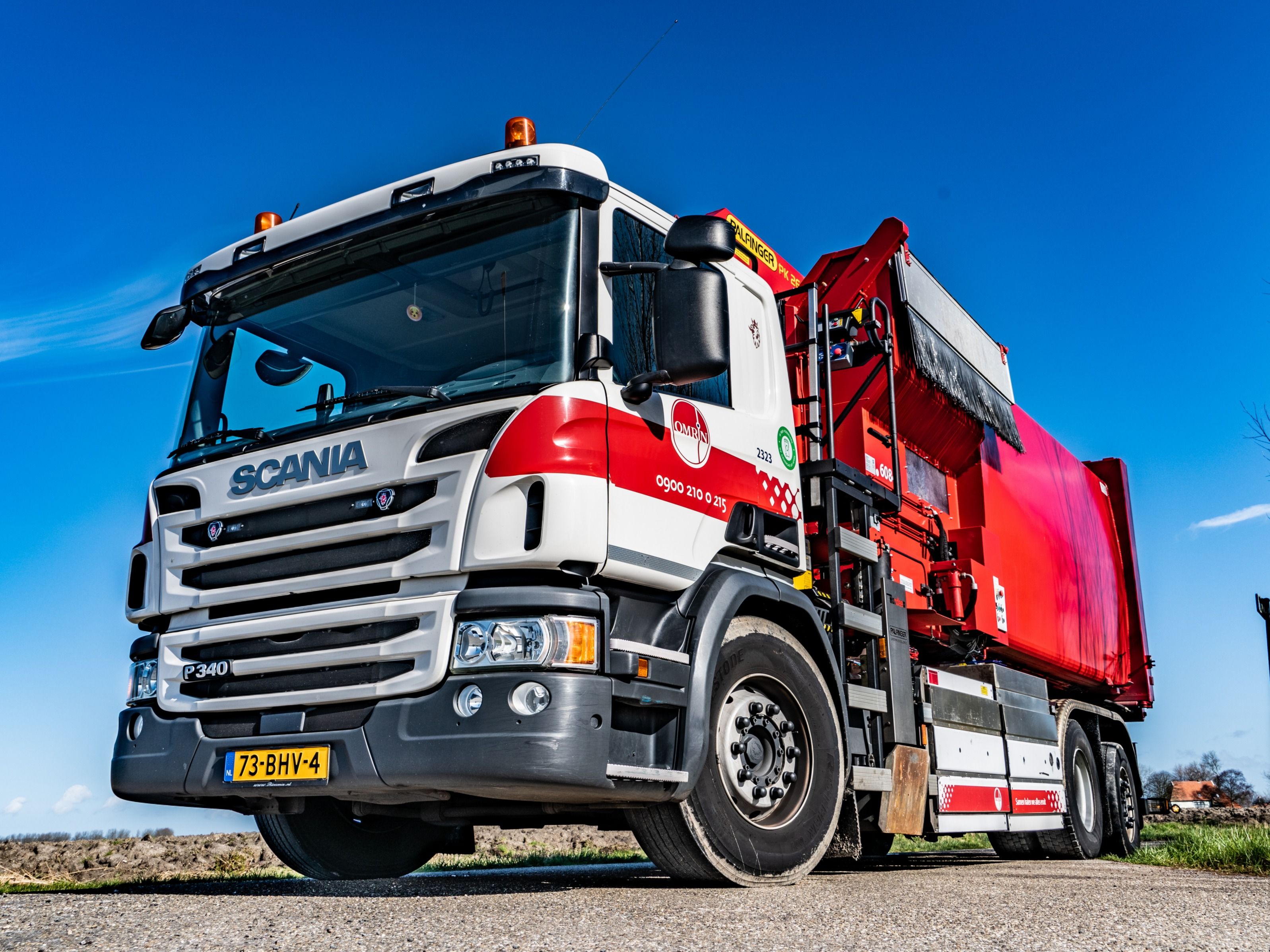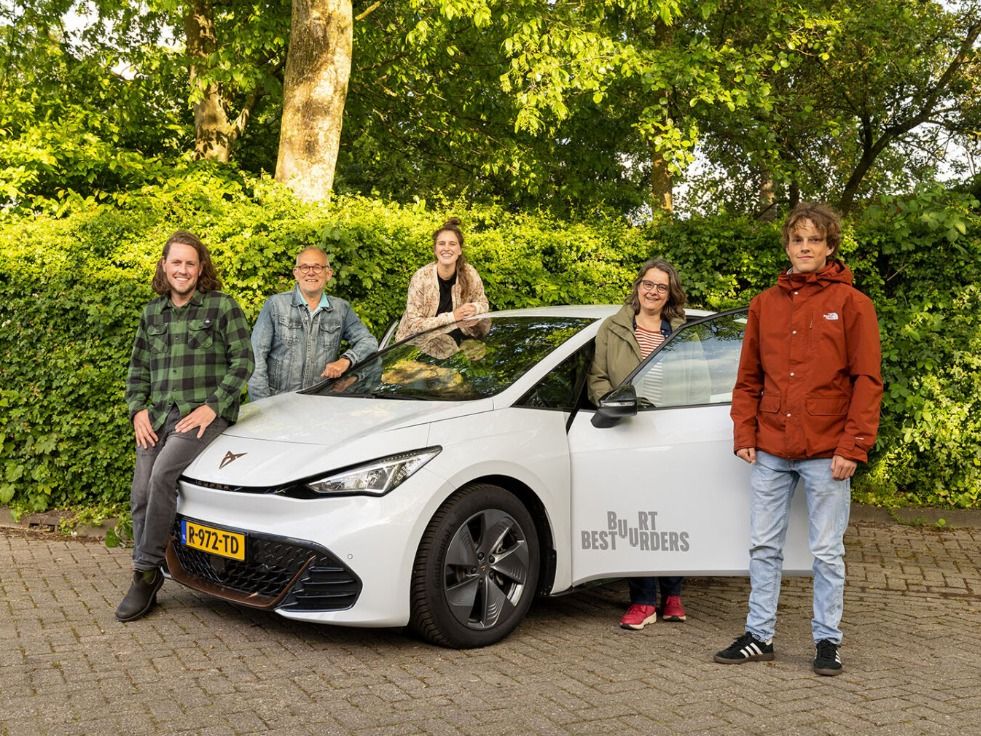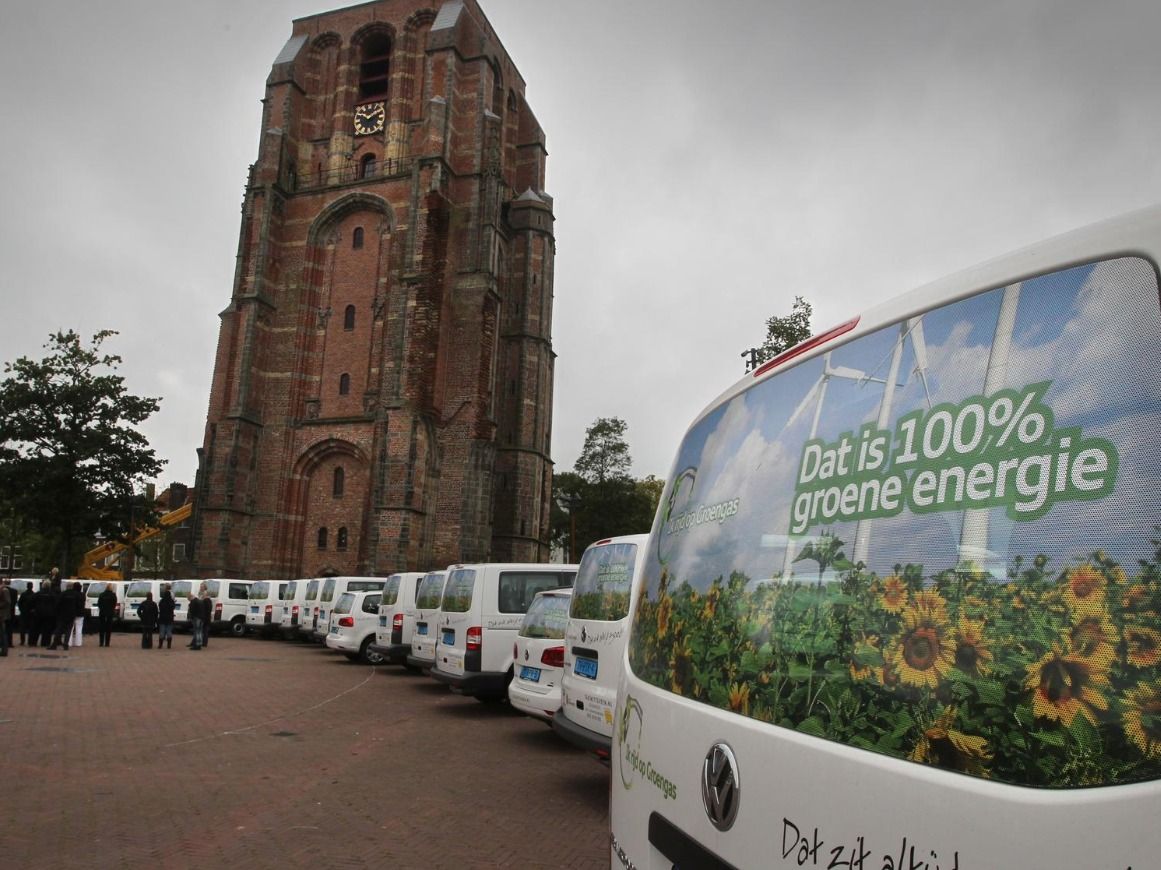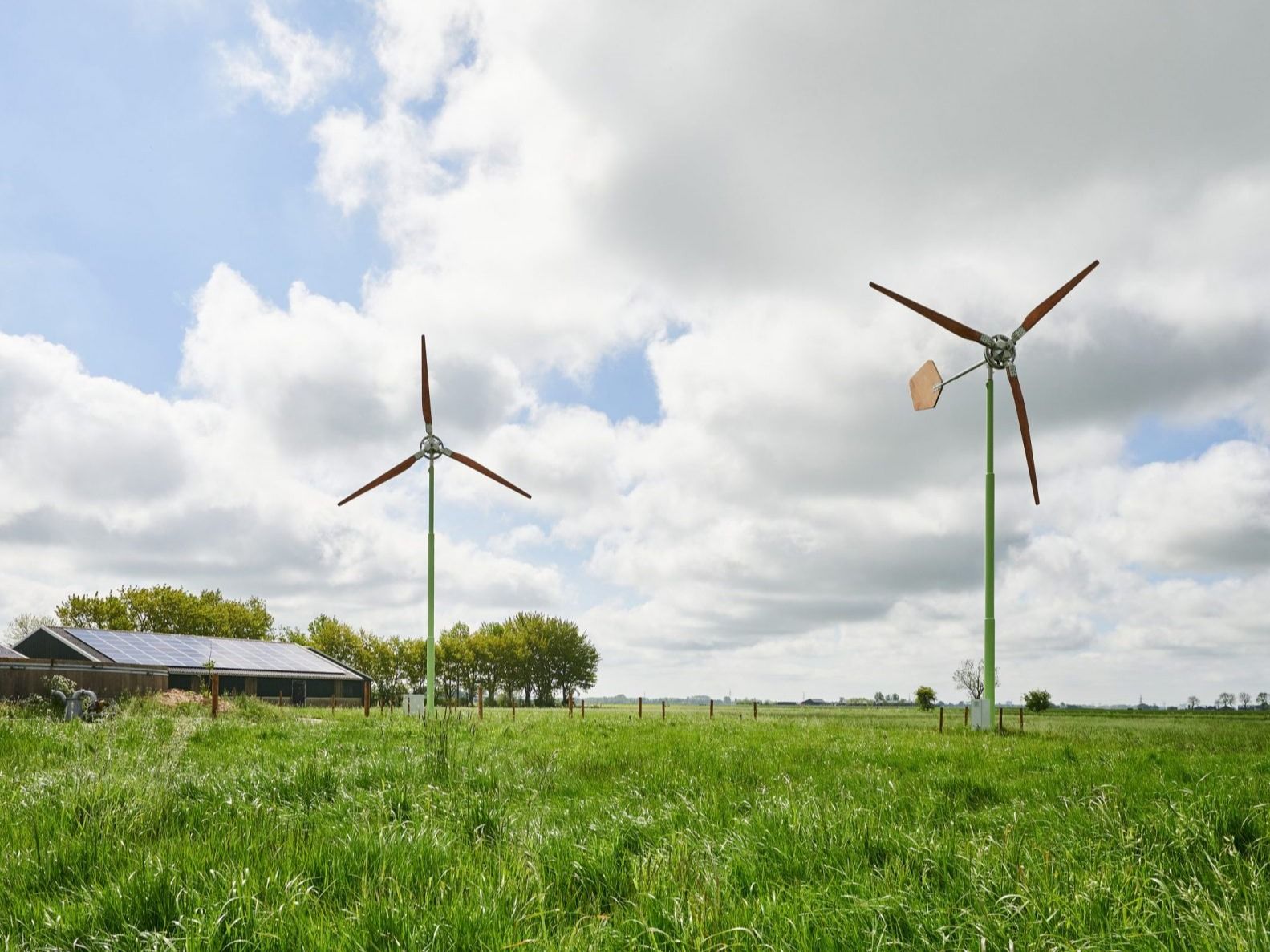Renewable energy consumption¶
Renewable energy consumption is a key indicator of a region’s commitment to sustainability. This section tracks the share of energy derived from renewable sources, such as wind, solar, and biomass, reflecting progress toward reducing reliance on fossil fuels. Higher renewable energy consumption contributes to a cleaner, more sustainable energy system, supporting both environmental and economic goals in the circular economy.
Friesland has the second-highest rate of renewable energy consumption in the Netherlands, with 25% of the region’s energy consumption coming from clean energy[1]. The only Dutch province with a higher rate is Flevoland, which has a renewable energy share exceeding 45%. Friesland’s renewable energy consumption also surpasses the national average, with the Netherlands as a whole at 15%. In a broader context, Friesland’s renewable energy share is slightly above the European average of 24.5% in 2023[2], placing the region in a favorable position relative to many other European countries in terms of renewable energy usage.
Improving renewable energy

Omrin’s Renewable Energy Initiatives

Shared mobility for every village: Buurtbestuurders

Full electric transport for students and social support in Leeuwarden

Energy innovation in practice at Energiecampus Leeuwarden

Us Kooperaasje: Support for all local energy cooperations
To strengthen this impact, the region can focus on measures, such as:
- Scaling up solar energy on buildings, home, and public infrastructure, with support from local cooperatives and regional incentives.
- Accelerating community-owned wind energy projects, particularly in areas with high wind potential, ensuring local involvement and benefits for residents.
- Electrifying Friesland’s regional bus fleet and installing solar-powered charging stations.
Regionale Klimaatmonitor. (2022). Energieneutraal Dashboard. Retrieved from: Rijksoverheid Website
EEA. (2025). Share of energy consumption from renewable sources in Europe. Retrieved from: EEA Website